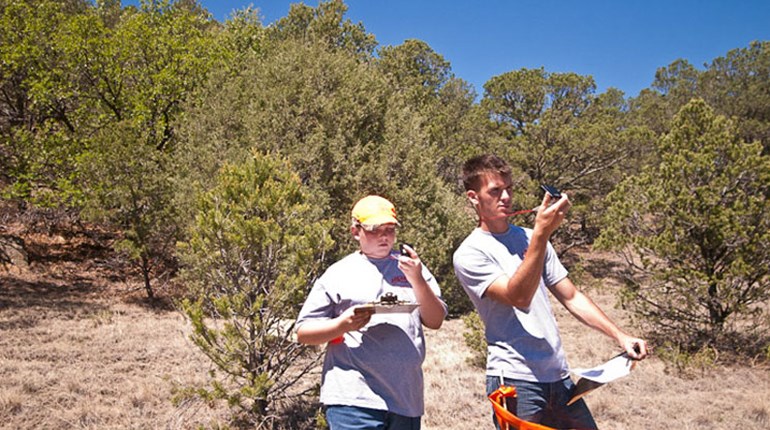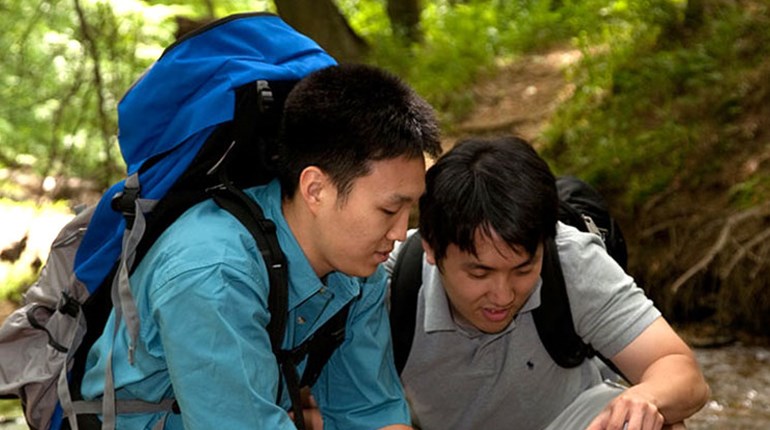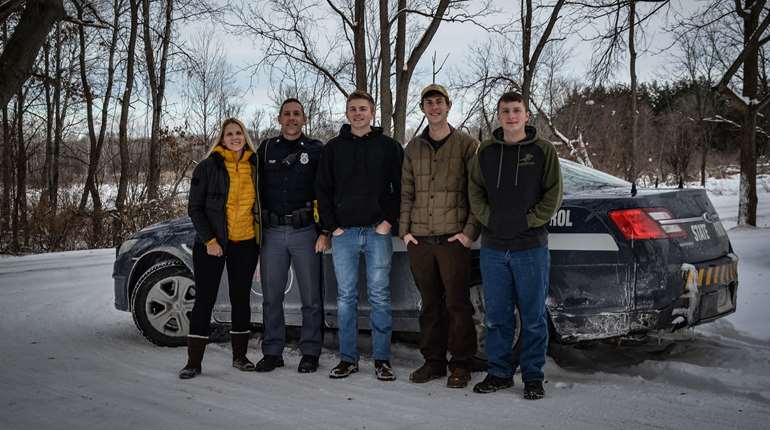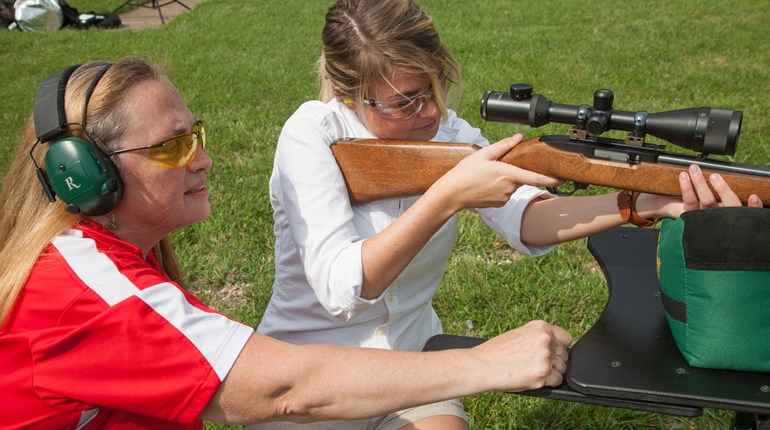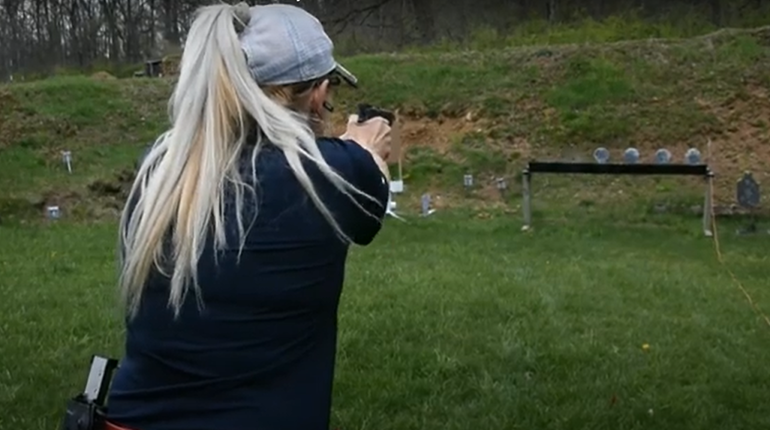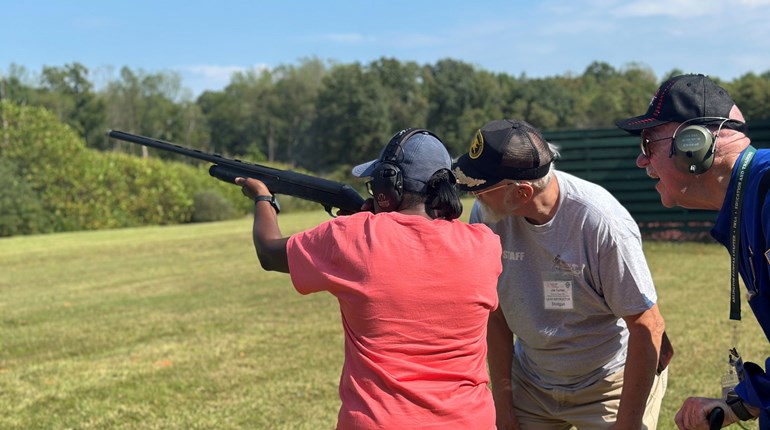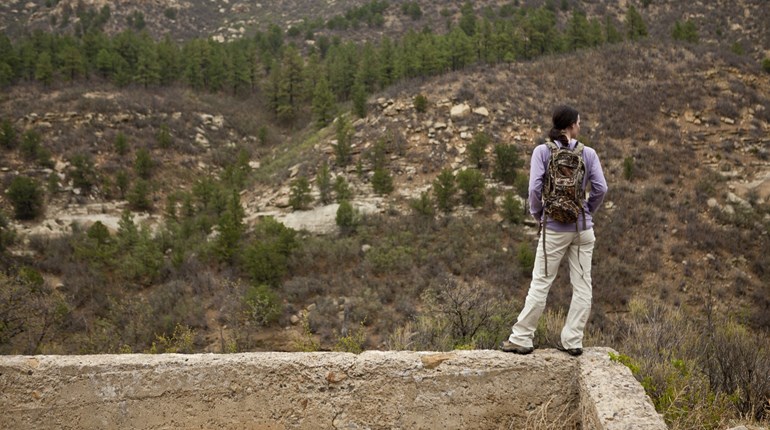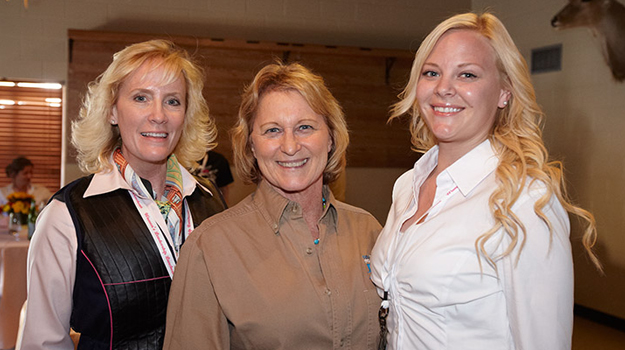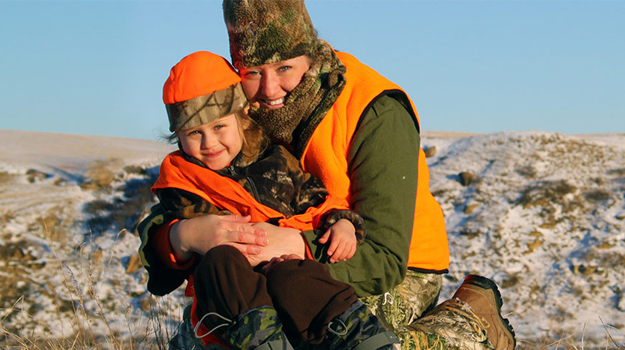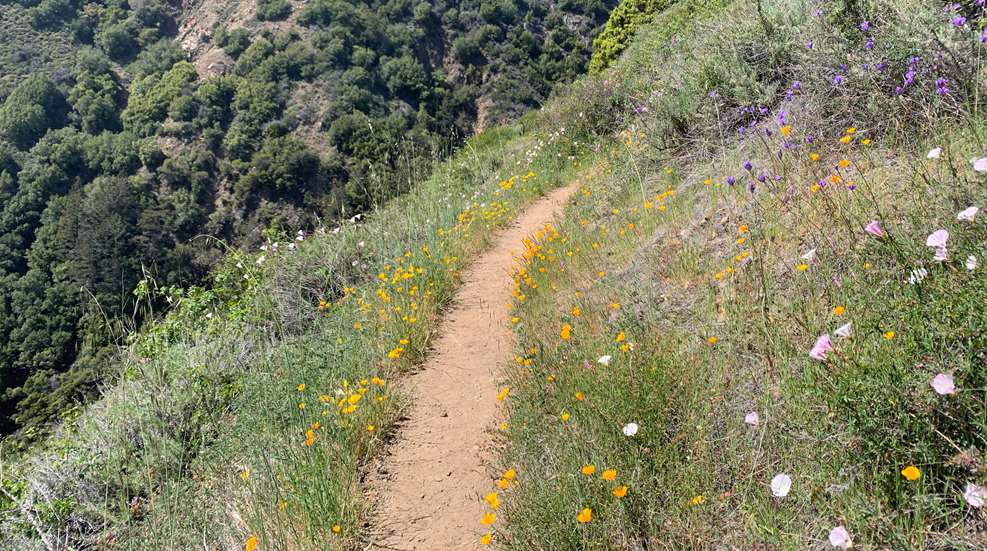
A lot of different people take to the trails, especially lately when outdoor activity is preferred due to COVID-19. From intense adventurers to novice explorers, everyone has differing experience levels on the trails, but that doesn’t mean everyone shouldn’t get the same amount of satisfaction from a trek. Even if backpacking isn’t your thing, hikers of all levels should be aware of the rules of the road.
Before venturing out into the wilderness, don’t forget to brush up on Leave No Trace! During my recent experiences in some busy areas of National Parks, I noticed that people were placing things on the ground near overflowing trash cans. This is littering. If a trash can is full, you will have to pack out your garbage. People also take to trails and find their packs too heavy and want to leave superfluous food stuffs or heavy items behind. This is also littering. Even biodegradable things like banana peels disrupt wildlife feeding patterns. So, “Pack it in, pack it out!”
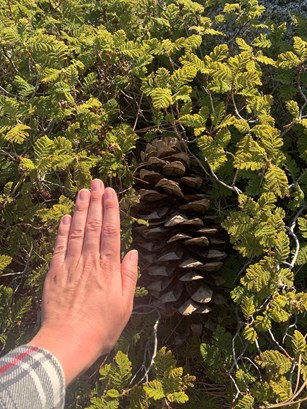 Respecting Nature
Respecting Nature
By preserving the outdoors, you’re not only helping the ecosystem flourish, you’re also being courteous to future explorers by leaving the trail better than you found it. The Parks Project’s motto, “Leave it better than you found it,” means that you should not only Leave No Trace, but also pick up any trash left behind by less conscientious visitors. We are the caretakers of this earth, and if we venture out into the wild for our personal enjoyment, the least we can do is take our litter back to civilization with us.
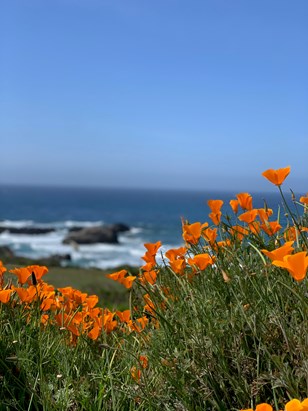 Preserving the outdoors also means leaving all natural materials where they are. Taking rocks, pinecones, flowers or anything else as a souvenir is taking away from the next person’s experience and disrupting the ecosystem. If everyone picked that pretty flower or took that cool rock, there wouldn’t be any left for others to enjoy. Even if the object is inanimate, an animal needs that rock as a home; fungi will make a meal out of that stick. Most pinecones (females that haven’t expelled their seeds yet) are a chance for a new tree to grow!
Preserving the outdoors also means leaving all natural materials where they are. Taking rocks, pinecones, flowers or anything else as a souvenir is taking away from the next person’s experience and disrupting the ecosystem. If everyone picked that pretty flower or took that cool rock, there wouldn’t be any left for others to enjoy. Even if the object is inanimate, an animal needs that rock as a home; fungi will make a meal out of that stick. Most pinecones (females that haven’t expelled their seeds yet) are a chance for a new tree to grow!
Respecting Others
When passing others on the trail, there are certain niceties that make everything easier. For example, hikers descending should yield to hikers climbing uphill. Climbing uphill is more difficult and their field of vision is narrower. Simply move to the side so that ascending hikers can keep their pace. Some people will let you pass as an opportunity to take a breather, but that’s up to the uphill hiker.
When hiking in a group, always hike single file to allow others to pass and to keep on the designated trail without fanning out and trampling more vegetation. If you’re hiking alone or in a smaller group, it is courteous to let a big group pass ahead of you so that they can stay together single-file. Just like driving a car, you should walk on the right and pass on the left.
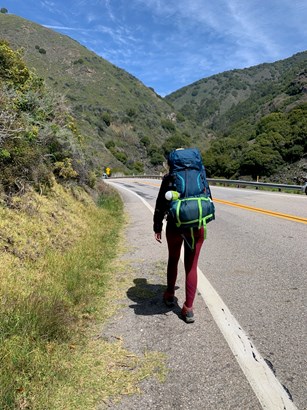 If you are passing someone, a friendly “On your left” or “Excuse me, mind if I pass?” is appreciated so that you don’t sneak up on anyone. It is always nice to give a brief hello, nod or chat to other hikers or campers. This makes people more comfortable and could benefit you in an emergency. A famously friendly group, outdoors people tend to communicate their intentions or questions openly for safety reasons. Letting others know your plans, informing hikers coming the opposite direction about unusual trail conditions and passing on any other relevant knowledge are great safety precautions.
If you are passing someone, a friendly “On your left” or “Excuse me, mind if I pass?” is appreciated so that you don’t sneak up on anyone. It is always nice to give a brief hello, nod or chat to other hikers or campers. This makes people more comfortable and could benefit you in an emergency. A famously friendly group, outdoors people tend to communicate their intentions or questions openly for safety reasons. Letting others know your plans, informing hikers coming the opposite direction about unusual trail conditions and passing on any other relevant knowledge are great safety precautions.
A few weeks ago, on April 1, I was hiking in the desert when a man coming off the trail said, “Be careful, there’s a rabid coyote following people around up there! … and dinosaurs too!” I think he enjoyed watching my face go from mild shock to confusion before saying, “April Fools!” While this is more an example of friendliness than actual safety, I also had positive encounters with other hikers about real wildlife (a marmot perched off-trail), directions and distance that proved extremely helpful.
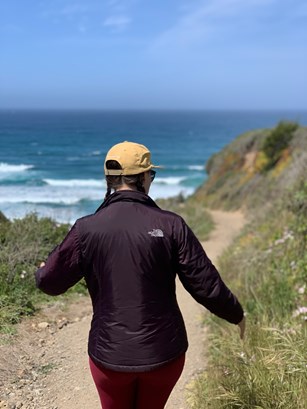 Respecting Shared Trails
Respecting Shared Trails
Ah, the serene silence of nature … sometimes. I’m sure we are all familiar with the pre-school line, “Use your inside voice!” While whispering isn’t necessary outdoors, shouting, yelling and playing loud music on the trail is discourteous. It disrupts others who might be in nature to get away from distracting sounds, and it spooks the wildlife. If you’re on a shared equestrian trail, you could also spook a horse with someone on it, which is very unsafe.
On a shared trail, bikers should yield to hikers and both hikers and bikers should yield to horses. While this is a simple hierarchy, it’s not steadfast. If a biker is huffing and puffing uphill, it’s common sense to move aside even if you’re on foot. A courteous biker should also make a comment if they plan to pass you to prevent collisions.
Since horses are generally slower and easy to spook, hikers and bikers should yield to them on the trail. As mentioned previously, it’s especially important to keep your voice down and movements slow so that you don’t cause a horse to panic.














